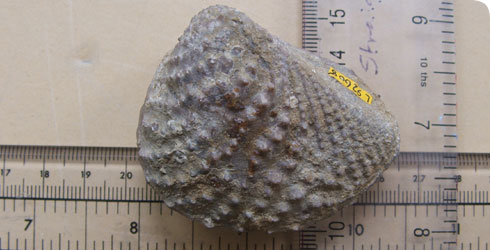Myophorella lusitanica (bivalve)
Myophorella lusitanica belongs to the Trigoniacea, a group of bivalves common in warm shallow seas of the Mesozoic era.
The Trigoniacea are represented today by the ‘living-fossil’ Neotrigonia found exclusively in coastal waters of Australia.
By studying such living-fossils we can make inferences about their extinct relatives.
Species detail
Myophorella lusitanica (Sharpe, 1849) was discovered in Portugal and dated to the Late Kimmeridgian to Early Tithonian (Late Jurassic) eras.
The bivalve was discovered by the English amateur geologist Daniel Sharpe (1806-1856).
At the time Sharpe was a merchant living in Portugal. He was elected President of the Geological Society of London in 1856.
Sharpe’s collection is now held in the Department of Palaeontology in the Museum.
-

Taxonomy
Discover the groups and relationships that Myophorella lusitanica is a part of and find out more about its size, shape and surface.
-

Distribution
Learn where Myophorella lusitanica fossils are most commonly found and about finds in new areas as a result of recent research.
-

Biology and ecology
Myophorella lusitanica would have lived in burrows just below the surface of the sand or mud. Learn more about the conditions that Myophorella lusitanica would have lived in, as well as its feeding patterns and how it protected itself from predators.
-

References
Further reading material for Myophorella lusitanica.
Images

Myohorella lustanica
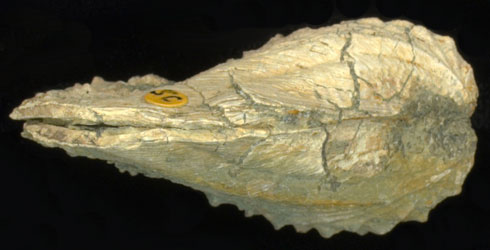
Myohorella lustanica
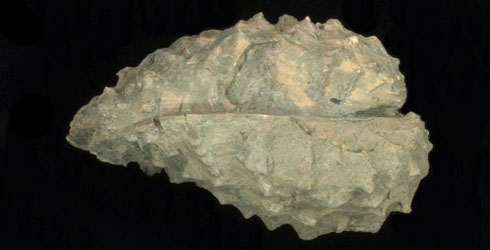
Myohorella lustanica

Myohorella lustanica
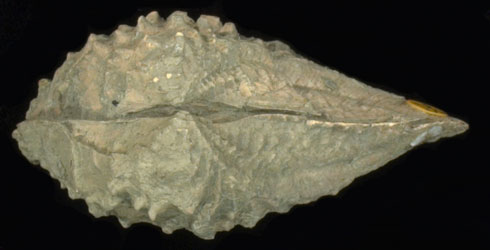
Myohorella lustanica

Myohorella lustanica
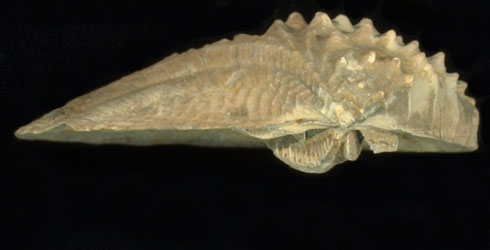
Myohorella lustanica

Myohorella lustanica
About the author

Dr Martin Munt
Collections manager in the Invertebrates and Plants Division, Earth Sciences department.
Toolbox
Neotrigonia
These Mollusca are the only surviving genus of the once diverse and widespread Trigoniacea,
Neotrigonia have primitive features such as
- an unfused mantle
- filibranchiate ctenidia
Neotrigonia have a large active and muscular foot and a ctenidial ciliary pattern resembling that of the Unionacea.
The shell is non-streamlined and has pronounced radial omamentation.
Neotrigonia live
- infaunally
- near the sediment surface
Neotrigonia are filter feeders. They use their their large muscular feet to burrow rapidly, despite their shell morphology.
